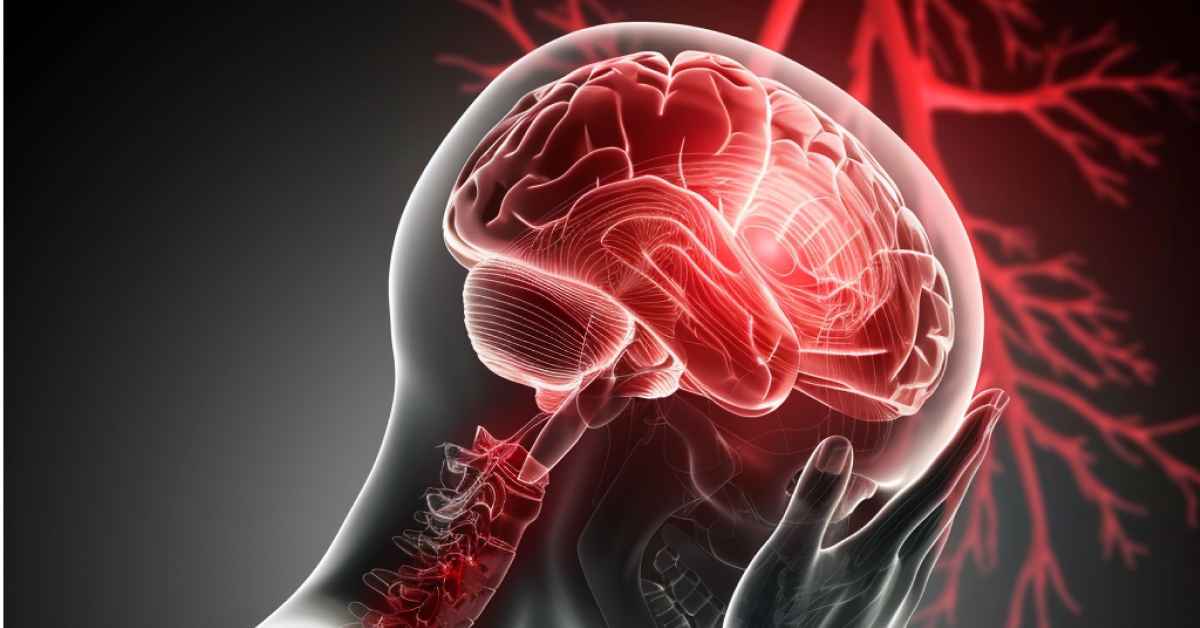When you sustain a head injury, the symptoms vary widely. They include nausea, headaches, confusion, and even paralysis, among others. It’s difficult to know how serious a head injury is without outward signs of trauma, such as a giant lump on the head or something penetrating the skull.
Unfortunately, this makes head injuries especially dangerous. A seemingly minor injury might be extremely severe. When you know the symptoms of a brain bleed after a head injury, you can understand how serious your injury is.
What Causes a Brain Bleed?
A traumatic brain injury (TBI) results from a sudden jolt of or blow to the head. There are several common causes, including the following.
- Car accidents
- Sports injuries
- Product liability injuries
- Slip and fall accidents
- Work accidents
When someone else’s negligence causes your injury, you can pursue a brain injury claim. Generally, you have two years to pursue a claim or file a lawsuit. So, it’s a good idea to seek legal counsel sooner rather than later.
Hematoma & Brain Bleeds
A hematoma is a blood clot that forms to stop internal bleeding. They range in size, usually depending on severity and location. In the brain, your body can form three main types of hematomas:
- Intracerebral Hematoma: a clot that forms in the brain tissue
- Epidural Hematoma: a clot that forms between the dura lining of the brain and the skull
- Subdural Hematoma: a clot that forms between the dura and the arachnoid
Internal bleeding and the pressure on the brain cause pooling of blood. These injuries can be life-threatening. For example, in a subdural hematoma, the blood pools between the outside of the brain and the skull. It builds pressure as it pools, which can cause you to lose consciousness – if not your life.
Symptoms of a Head Injury
Head injuries are one of the leading causes of death and disability for adults. These injuries can be minor, such as a cut, bump, or bruise, or severe, such as a concussion, fracture, or brain damage.
Additionally, TBI cases are on the rise, with Johns Hopkins stating that around 1.7 million people suffer from a head injury each year. Depending on the type of injury, the symptoms of brain bleed after a head injury can include:
- Memory loss
- Sleep disruption
- Confusion
- Balance issues
- Nausea
- Behavioral changes
- Fatigue
- Loss of consciousness
- Dizziness
- Difficulty speaking
- Apathy
- Loss of fine motor skills
- Weakness
- Vomiting
- Vision impairment
- Headaches
- Seizures
Symptoms of a brain bleed vary based on your general condition, age, and other factors. Additionally, people with blood disorders or who use blood thinners are more likely to have a brain bleed after a head injury.

How to Diagnose a Brain Bleed
Seek medical attention immediately after a head injury. Your doctor can review your symptoms and conduct any necessary tests. Usually, patients get head imaging done with an MRI or a CT scan. These tests create images of the interior of your head. Additionally, they can detect a brain bleed.
Occasionally, doctors use cerebral angiography. This involves inserting a catheter into an artery in the leg and threading it to the brain. Then, they inject dye to make the blood vessels visible on an x-ray. Generally, doctors use this if they suspect a brain bleed but don’t see it in the other tests.
Unfortunately, around 22% of brain bleeds do not appear on initial images. If symptoms persist, stay diligent and follow up with your doctor. Request additional scans to look for notable changes. Alternatively, ask your doctor about other diagnostic tests.
How to Treat a Brain Bleed
Doctors tailor treatment of brain bleeds to the severity of the injury and the presence of other injuries. Patients with a severe head injury may require monitoring of pressure in the skull. If the brain swells after an injury, it only has so much space. This increases the pressure inside the skull, which can lead to brain damage.
Additionally, your doctor may prescribe medicine to reduce the need for secondary care. For example, if you have seizures after the injury, your doctor can use medicine to reduce the risk.
If the symptoms of brain bleed after a head injury are severe enough to require complete rest, your doctor may put you in a medically induced coma.
When the doctor can’t use medication, they may opt for surgery to treat the injury and bleeding. Surgical procedures can remove clots, stop bleeds, and relieve pressure. Most people who suffer from a TBI require rehabilitation. Severe cases require patients to relearn how to walk or talk.
Typically, the therapy starts at the hospital and transfers to either a treatment facility or outpatient services. Rehabilitation treatment varies with the severity of the injuries.
Liability In Brain Injuries
If your head injury is the result of an accident, the person who caused the accident may be liable for your injuries. Carelessness, recklessness, and negligence at the root of the accident give you legal options. You can work with an experienced attorney to file a lawsuit against the person responsible.
Usually, a head injury lawsuit follows a negligence claim. This means you have to demonstrate that the other person is at fault for the accident and responsible for your injury. It’s not always easy to prove brain injuries, so a record of treatment is essential.
Work With an Attorney Ready to Win
If you experience the symptoms of brain bleed after a head injury, your first step is treatment. However, if someone else caused your injury, you can seek compensation. Consult a personal injury attorney to evaluate your case.
Generally speaking, accident victims achieve better results when they work with an experienced attorney. Our legal team can unlock the full potential of your case and identify all available damages.
Choose an attorney who knows how to fight and is ready to win. The attorneys at Herbert Trial Law are knowledgeable trial lawyers. Schedule a free, confidential consultation today to learn more about your legal options.

